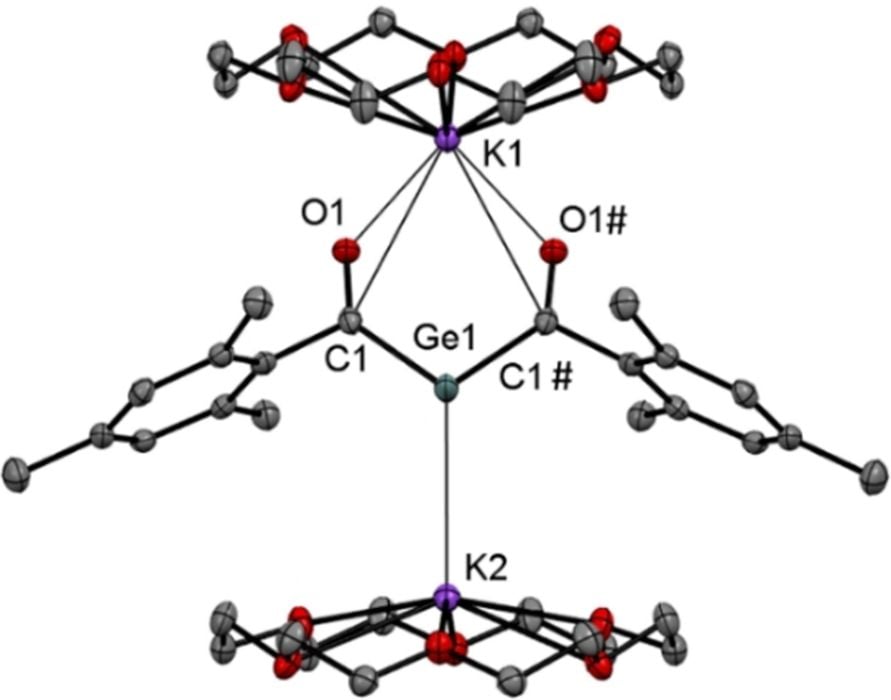
A new paper identifies a more inexpensive method of producing photoinitiators.
Photoinitiators are chemical compounds that cause solidification to occur in a resin. They’re the “active ingredient” in 3D printer resins, and normally are reactive when exposed to light in specific frequency ranges. 405nm is the most commonly used photoinitiator frequency in 3D print resins.
Photopolymers are used most widely in the dental industry, where they form dental fillings. If you’ve ever been in the dentist’s chair and wondered about that blue light they’re sticking in your mouth, this is it. That light is curing the resin to form a solid filling.
Of course, all dental resins are non-toxic for obvious reasons. This is achieved by using geranium-based photoinitiators. However, they are incredibly expensive to produce, with costs of tens of thousands of dollars for small quantities.
That’s actually reasonable in the dental market, as a filling takes up only a very small volume and the photoinitiator is only one small component of the resin. Thus the extreme price of the photoinitiators doesn’t really matter.
But I can point you to another industry where photoinitiators are used in far greater volumes: 3D printing. Take a look at that 3D print on your desk and ask yourself how many dental fillings would occupy the same volume, and you’ll understand the economic problem.
Basically all 3D printer resins are toxic in liquid form, and part of that toxicity is due to the photoinitiators. 3D printer resin would be astonishingly expensive if using the non-toxic photoinitiators used in the dental industry.
That may change with new research developed by UT Graz, where they’ve produced a method of synthesizing germanium photoinitiators at far less cost and using no sulfur.
This opens up the possibility of using the photoinitators on new photopolymer applications. While the researchers mention using them for multiple healthcare applications such as production of contact lenses, implants and even producing artificial tissue, I’m wondering how this development could affect 3D printing.
Today’s 3D printing resin is generally toxic to handle and that causes all kinds of operational challenges, and in some cases has caused long-term chemical sensitivity to some who have been exposed. If the resins could be made less toxic using these new photoinitiators, it could simplify 3D printing workflows.
It remains to be seen whether this could occur, as it appears the researchers have not yet considered this type of application for their development.
It also depends on the costs involved. While a drop in production cost for healthcare resins might be significant, would the same be true for a one-liter bottle of 3D printer resin? If it turns out that the less toxic resin costs, say, twice as much as conventional toxic resin, it may still not succeed in the market.
This development may not be the answer to resin toxicity, but at least it shows there are potentially avenues that can be pursued to do so.
